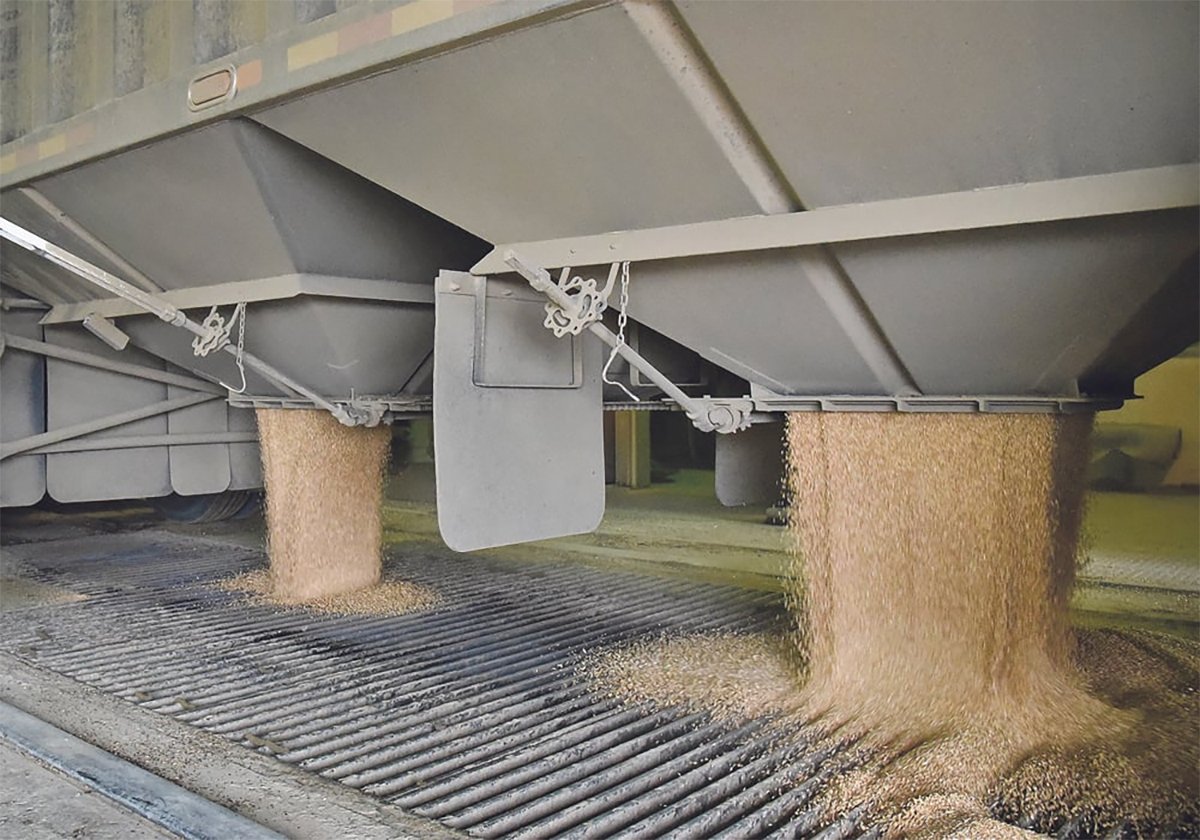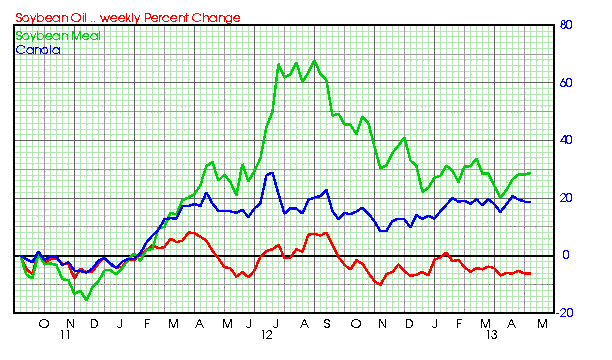Farmers have gotten frighteningly comfortable with high canola prices.
The crop has had high prices and high returns for a number of years, but last year’s rally helped solidify the crop’s position as farmer’s first and best option for making money. That’s why farmers who are getting out onto their fields now and in coming days are likely to be getting in all their canola acres before they get anything else in. If you’re going to privilege a crop with the earliest seeding date you can, you’re likely to go with canola above all other crops, a number of farmers and advisers told me last week.
Read Also

Worrisome drop in grain prices
Prices had been softening for most of the previous month, but heading into the Labour Day long weekend, the price drops were startling.
But why are canola prices high, and why should they be? We all know about the spate of canola crusher expansions and new plants, as well as the booming demand for canola’s “healthy oil,” but is that really what’s behind canola’s price rise.
Here’s a chart that’s a little disturbing if you’re a perma-bull on canola:
That’s a chart showing soybean oil (red), soybean meal (green) and canola seed (blue). (As always I apologize for my non-professional, slapped-together charts. For real charts go to places like prairiecropcharts.com or barchart.com).
Canola is nicely between the two, which is an accurate reflection of its historical pricing. Generally, canola seed is mostly valued by the price of canola oil, which tracks soy oil closely. We always talk about soybean prices when we talk about canola prices, but soy oil is a much better comparison – generally – and soy oil futures and options are often what risk managers use to hedge canola, especially with options.
But last summer canola broke its lockstep with soy oil, diverging as soybean meal prices rose. Vegetable oils have been weak on the world market for a couple of years as oceans of new palm oil have come into production, but meal prices shot higher last spring and summer for a number of reasons, especially the Midwest drought, which left livestock feeders desperately short of feed. That shot soybean meal sky high and similarly yanked canola meal higher. Canola seed prices didn’t rise anywhere near as much as soybean prices because meal is a far smaller part of canola’s weight and value than soybeans, which are mostly a meal product. But they rose enough to make farmers a lot of money last summer and totally disguised the overwhelming weakness of world vegetable oil prices.
That’s continued, to some extent, as questions have lingered over the likely production of the U.S. Midwest this coming summer as drought concerns remain in place, late seeding and other weather hits hang in front of us. But if those concerns are alleviated, what happens to soybean meal prices? And therefore, what could happen to canola prices?
Could be ugly. Are you ready for that?
















